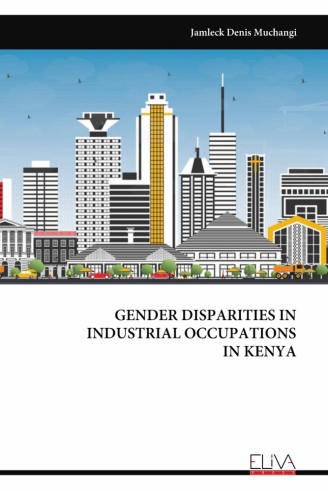Description
This text examines the determinants of gender disparities in Kenya. It is an outcome of extensive academic research in the field of Management, Human Resorce Management and Industrial relations. The text is an outcome of both literature review and extensive field studies. It examines determinants of gender disparities at operational, the management and the trade unions levels. Gender differences are persist in the various dimensions of industrial occupations both in Kenya and other parts of the world. This is in spite of the various efforts undertaken including the enactment of the various gender-based laws, and policies. Despite some notable gains, women representation in wage employment remains low forming less than 30 % of wage employment in Kenya. In addition, despite the policies framework, including the two thirds rule in the constitution and the new labour laws, gender disparities in employment continue to persist leading to underutilization of human resources. The differentials tend to firmly favour men over women yet more meaningful development can be achieved if all available human resources are well utilized. While gender balance is wide in all aspects of social, economic and political life, this text examines gender disparities in industrial occupations in Kenya. It explores the levels and the factors that influence gender disparities at the selected organizations in the manufacturing, the service sector and the related trade unions in Kenya. The disparities are examined at three levels, namely; the operational, the management and the trade union levels.




